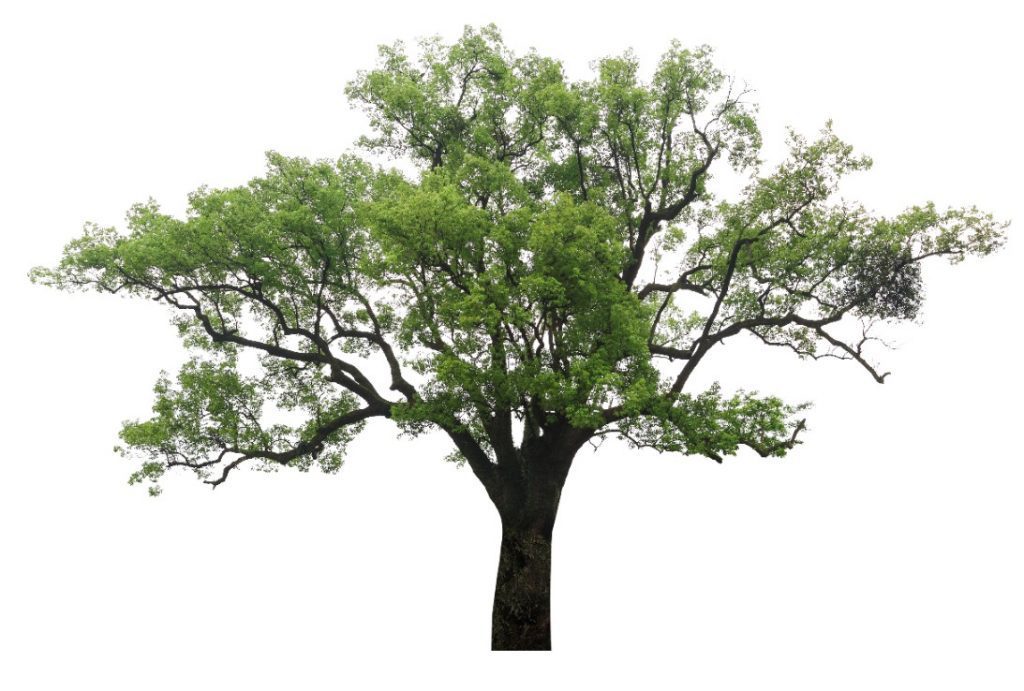Camphor Tree (Cinnamomum camphora)
Camphor trees in the landscape grow huge, very fast, making some homeowners happy, others uncomfortable.
Camphor Tree Height
Camphor trees are slow-growing evergreen trees reaching up to 50 feet or 15m tall. They possess a strong trunk with thick branches.
New growth is pinkish or red, and older leaves are shiny yellowish-green.
In late spring, trees produce small yellow flowers followed by small black fruit.
The tree also produces thousands of berries that can result in thousands of seedlings in your backyard.
Read on for more camphor tree information.
Camphor Tree Information
Camphor trees can hardly be ignored in the landscape. Each tree can grow to 150 feet (46 m.) tall and spread twice as wide.
Camphor tree information also notes that the trunks get to 15 feet (4.6 m.) in diameter in some locations, although in the United States, the maximum trunk diameter is much smaller.
Camphor trees have glossy oval leaves that dangle from long petioles. Leaves start a rusty red but soon turn dark green with three yellow veins.
The leaves are paler underneath and darker on top.
These trees are native to mesic forests of China, Japan, Korea, and Taiwan, but the tree has become naturalized in Australia and thrives in the Gulf and Pacific Coasts regions.
Camphor Tree Growing
If you are interested in camphor tree growing, you’ll need additional camphor tree information.
Camphor trees prefer to thrive in the fertile sandy ground with a pH level between 4.3 and 8.
Camphor tree gives best results in growing if it planted best in full sun or partial shade.
When caring for camphor trees, you’ll need to water them when they are first transplanted, but when they are established, they are drought tolerant.
Don’t plant with the idea to transplant in mind. When you take care of camphor trees, you should be aware that their roots are susceptible to disturbance and grow far from the trunk.
Camphor Tree Uses
Camphor tree uses include planting as a shade tree or windbreak. Its long roots make it very resilient to storms and wind.
However, other camphor tree uses may surprise you. The Camphor tree is cultivated commercially dominantly in Japan and China due to its oil use for medical purposes.
Camphor oil is also in treating conditions from parasitic infections to toothaches, and the plant chemicals have value in antiseptics.
Other camphor tree uses involve its attractive red and yellow striped wood. It is suitable for woodworking and repelling.
Camphor tree allergy
Allergenicity: Camphor tree (Cinnamomum camphora) is a mild allergen.

























